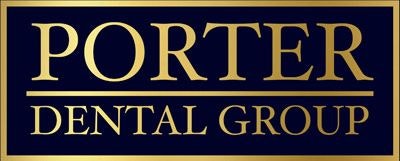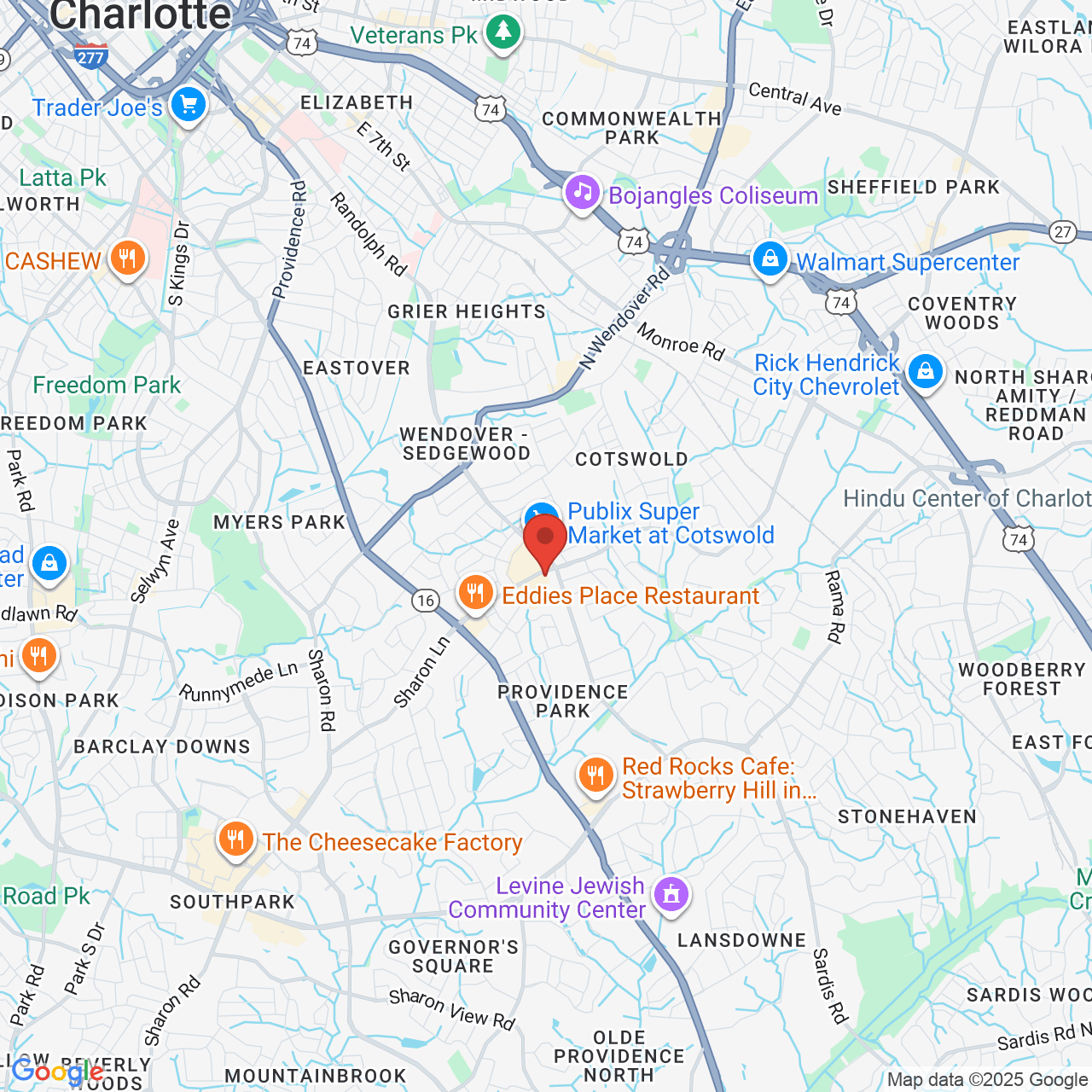Restoring a Damaged Tooth with Inlays and Onlays
 As a restorative dentist who offers dental treatments that improve the oral health of his patients, Dr. Charles A. Porter is accustomed to seeing tooth decay. Tooth decay is one of the most common dental problems and is likely to develop even in those patients with superior oral hygiene habits. When tooth decay is mild to moderate, a dental filling is often an appropriate solution. For more advanced stages of decay, a tooth may require the application of a dental crown. But what if the problem is somewhere in between? If a dental filling cannot adequately treat tooth decay, is it necessary to undergo dental crown treatment? In many cases, the answer is “no.” For many of our Charlotte patients, inlays and onlays can repair moderate to advanced stages of tooth decay, while preserving more natural tooth enamel than is possible with a dental filling. Although not widely known, inlays and onlays are a very useful restorative dental treatment.
As a restorative dentist who offers dental treatments that improve the oral health of his patients, Dr. Charles A. Porter is accustomed to seeing tooth decay. Tooth decay is one of the most common dental problems and is likely to develop even in those patients with superior oral hygiene habits. When tooth decay is mild to moderate, a dental filling is often an appropriate solution. For more advanced stages of decay, a tooth may require the application of a dental crown. But what if the problem is somewhere in between? If a dental filling cannot adequately treat tooth decay, is it necessary to undergo dental crown treatment? In many cases, the answer is “no.” For many of our Charlotte patients, inlays and onlays can repair moderate to advanced stages of tooth decay, while preserving more natural tooth enamel than is possible with a dental filling. Although not widely known, inlays and onlays are a very useful restorative dental treatment.
When Are Inlays and Onlays Used?
Inlays and onlays are restorative dental treatments that are used when tooth decay or damage is too large to be effectively repaired with a traditional dental filling. Unless the decay is very severe, an inlay or onlay should be able to restore strength and function to the tooth, while saving patients the need for dental crown treatment. Inlays and onlays are both indirect fillings that are fabricated in a lab prior to being applied to the damaged tooth. Although similar in their application, inlays and onlays differ in size. Inlays are the smaller of the two restorations and are applied to teeth that have extensive damage that extends to the top surface of the tooth, including the area of the tooth that lies within the cusps, or bumps of the teeth. Onlays are slightly larger than inlays and are applied when a tooth has damage or decay that includes one or more of the tooth’s cusps.
The Application Process
As mentioned above, inlays and onlays are indirect fillings, meaning that the treatment process is more similar to that of a dental crown as opposed to a dental filling. The tooth will be cleaned of any damage or decay and a mold and digital images will be taken in order to custom-craft an inlay or onlay that will fit on the tooth closely and comfortably. Using a dental lab or our in-office CEREC machine, the inlay or onlay will be fabricated to Dr. Porter’s specifications. It is then placed over the tooth to check for fit and bonded into place with a composite material.
Benefits
The benefits of inlays and onlays are numerous and include the following:
- Restored strength and function
- Cosmetic improvement of the damaged tooth
- Preservation of healthy tooth enamel
- Comfortable and secure fit
Contact Us
It is not unusual for patients to experience various degrees of tooth decay. Fortunately, there are many restorative dental treatments that allow the strength, function, and beauty of the teeth to be restored. If you are in need of dental work and would like to learn more about your treatment options, contact us to schedule an appointment with Dr. Charles Porter at your earliest convenience. We look forward to hearing from you!


